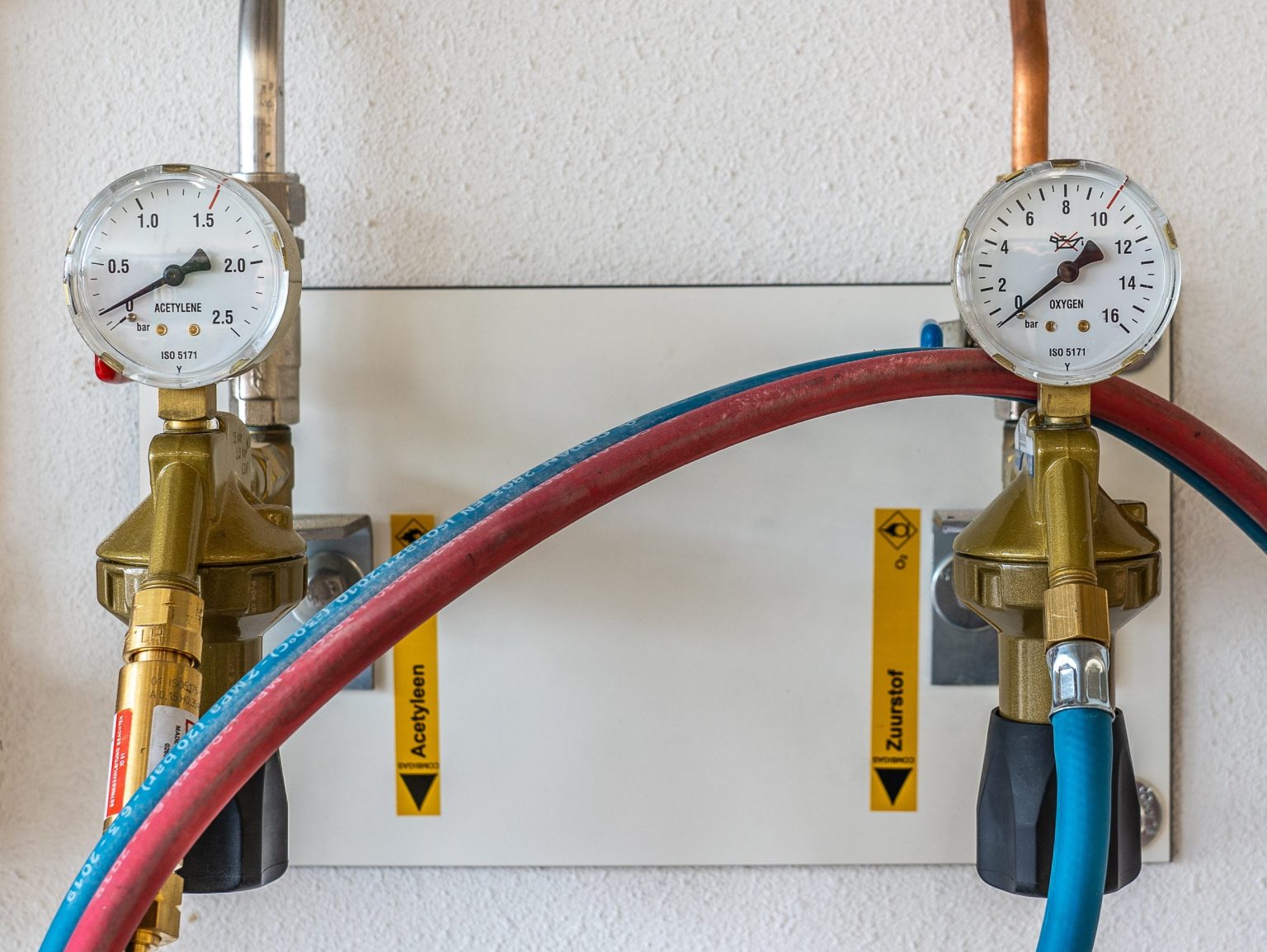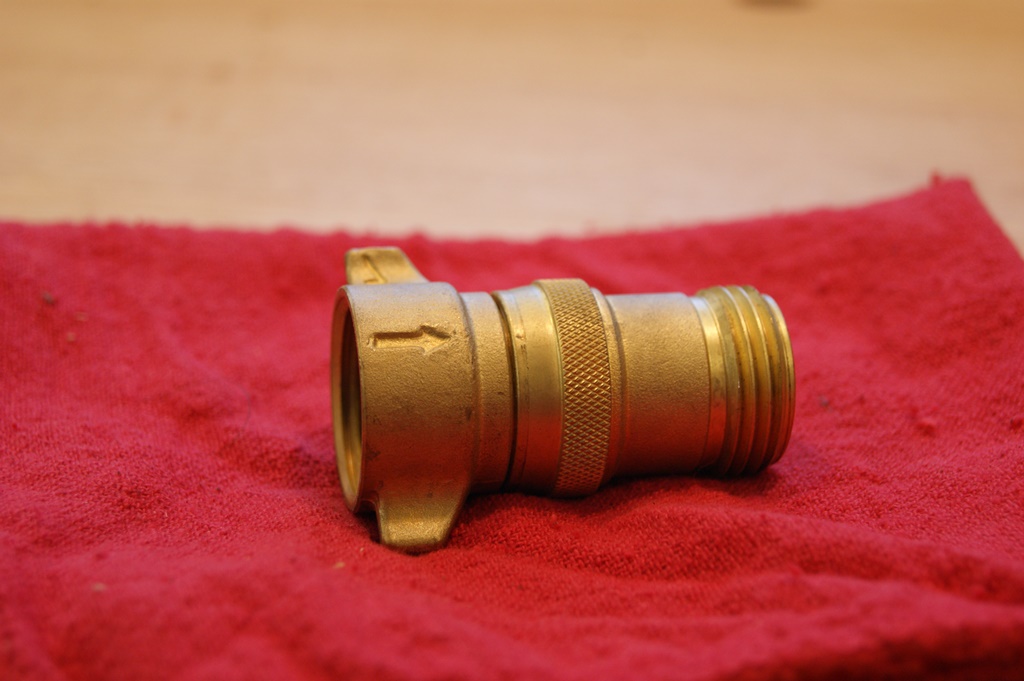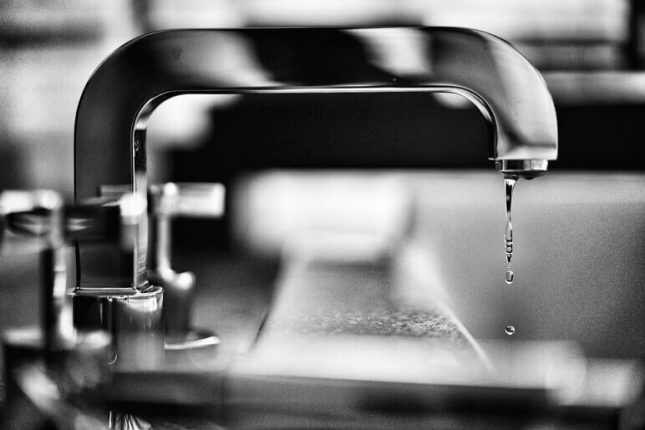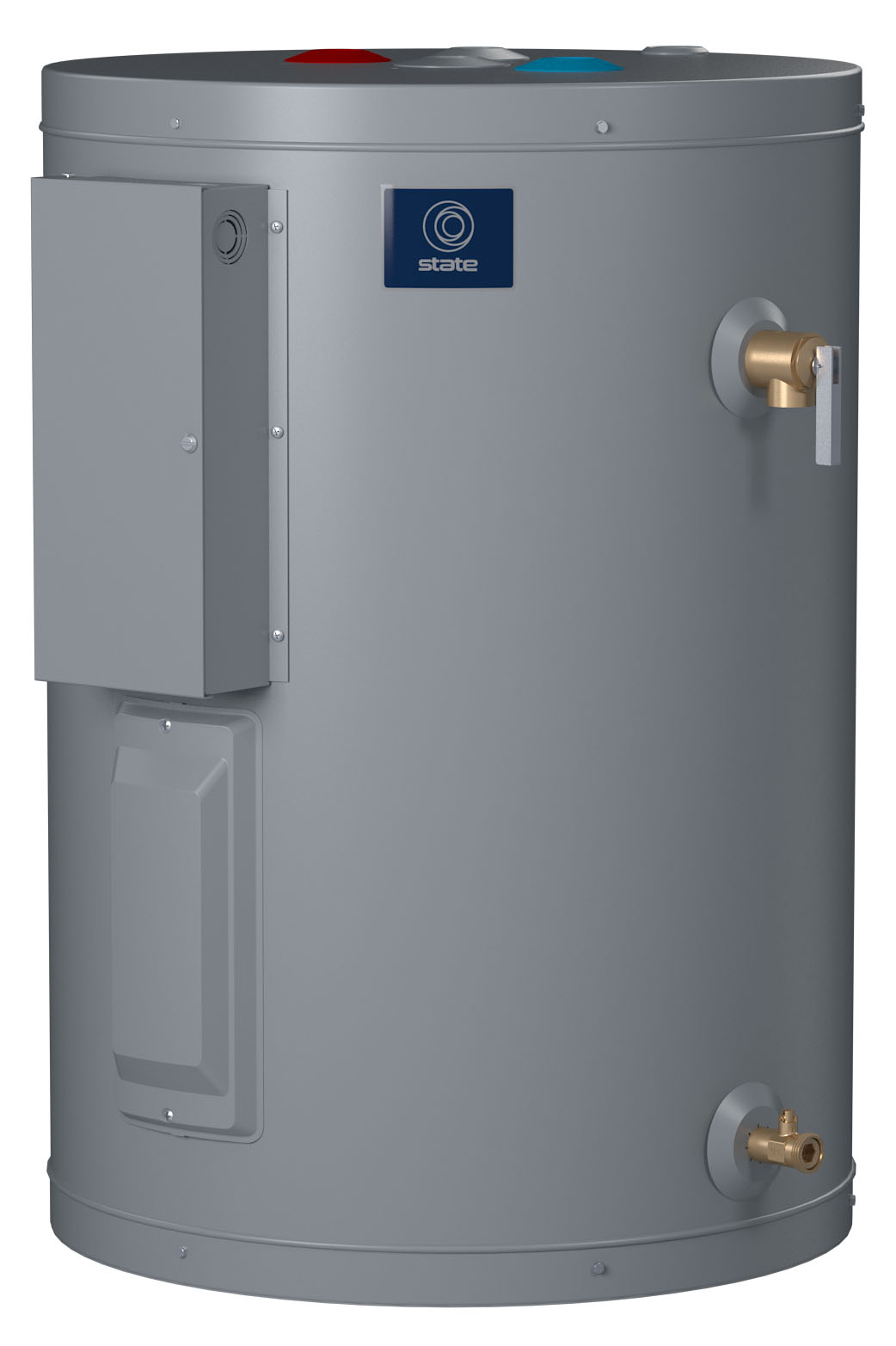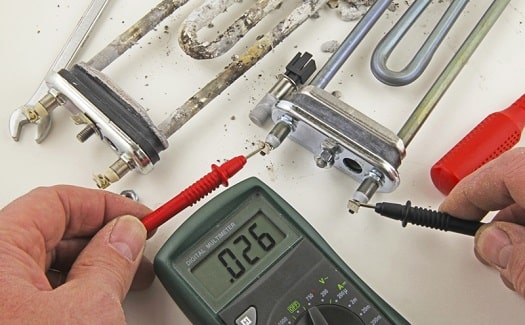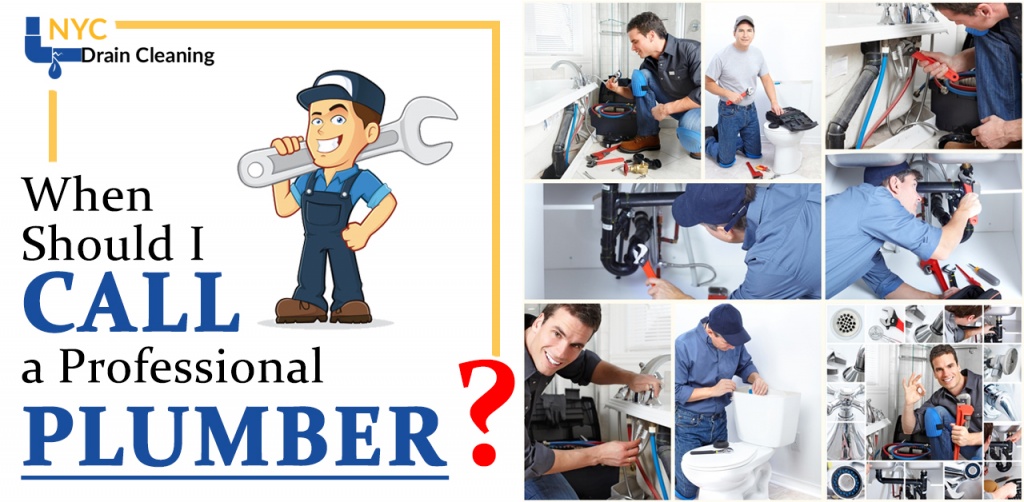If you are experiencing low water pressure in your kitchen sink, the first thing you should check is the aerator. This small, mesh screen is located at the end of your faucet and helps to regulate the flow of water. Over time, it can become clogged with mineral deposits or debris, which can block the flow of water and result in low pressure. To check the aerator, unscrew it from the end of your faucet and inspect it for any buildup. If you notice any, use a toothbrush or small brush to gently scrub away the deposits. Rinse the aerator and screw it back into place. This simple fix can often restore your kitchen sink's water pressure.1. Check the aerator
If the buildup on your aerator is too stubborn to remove with a brush, you may need to soak it in a solution of equal parts water and vinegar. This will help to dissolve the mineral deposits and make it easier to clean. After soaking for a few hours, scrub the aerator again and rinse it before screwing it back onto your faucet.2. Clean the aerator
The shut-off valve controls the flow of water to your kitchen sink. If it is not fully open, it can restrict the water flow and result in low pressure. Make sure the valve is fully opened by turning it counterclockwise. If it is already open and you are still experiencing low pressure, it may be a sign of a bigger issue and you should call a plumber.3. Check the water shut-off valve
Clogs in your pipes can also lead to low water pressure in your kitchen sink. To check for clogs, turn off the water supply to your sink and remove the pipes underneath. Inspect them for any debris or buildup and clean them out if necessary. You can also use a plumbing snake to clear out any stubborn clogs.4. Check for clogs in the pipes
The water pressure regulator is a device that helps to regulate the water pressure in your home. If it is not functioning properly, it can lead to low water pressure in your kitchen sink. You can check the pressure regulator by attaching a pressure gauge to an outdoor faucet and turning on the water. If the pressure is below 40 psi, it may be a sign that the regulator needs to be replaced.5. Check the water pressure regulator
Leaks in your pipes can also cause low water pressure in your kitchen sink. If you notice any dampness or water stains under your sink, it may be a sign of a leak. Check all the pipes and connections for any signs of leakage and repair them if necessary. This can help to restore proper water pressure in your sink.6. Check for leaks in the pipes
If you have an older home, your kitchen sink may be connected to an outdated water supply line. These lines can become corroded or clogged over time, resulting in low water pressure. Consider replacing the supply line with a newer, more efficient one to improve water pressure in your kitchen sink.7. Check the water supply line
The faucet cartridge is responsible for controlling the flow of water in your kitchen sink. If it becomes worn or damaged, it can lead to low water pressure. You can check the cartridge by removing the faucet handle and inspecting it for any signs of damage. If necessary, replace the cartridge to improve water pressure.8. Check the faucet cartridge
If you have low water pressure in all of the faucets in your home, the issue may be with your water heater. Sediment and mineral deposits can build up in the tank, reducing its efficiency and resulting in low water pressure. Consider flushing out your water heater to remove any buildup and improve water pressure throughout your home.9. Check the water heater
If you have tried all of the above solutions and are still experiencing low water pressure in your kitchen sink, it may be time to call a plumber. They will be able to diagnose the issue and provide a professional solution to restore proper water pressure. Don't hesitate to call a professional if you are unsure or uncomfortable attempting these fixes on your own.10. Call a plumber
The Importance of Proper Water Pressure in the Kitchen Sink

The Role of Water Pressure in a Functional Kitchen Sink
 Proper water pressure is essential for the functionality of a kitchen sink. It not only affects the speed and efficiency of washing dishes and cooking, but it also plays a significant role in the overall design and aesthetics of the kitchen. Low water pressure in the kitchen sink can be a frustrating and inconvenient problem that can significantly impact daily tasks and the overall comfort of your home.
Proper water pressure is essential for the functionality of a kitchen sink. It not only affects the speed and efficiency of washing dishes and cooking, but it also plays a significant role in the overall design and aesthetics of the kitchen. Low water pressure in the kitchen sink can be a frustrating and inconvenient problem that can significantly impact daily tasks and the overall comfort of your home.
Common Causes of Low Water Pressure in the Kitchen Sink
 There are several potential causes of low water pressure in the kitchen sink. One of the most common culprits is a clogged or dirty aerator. The aerator is a small attachment on the end of the faucet that helps to distribute the water evenly and reduce splashing. Over time, mineral deposits and debris can build up in the aerator, causing it to become clogged and restrict water flow. Another common cause is old or corroded pipes. As pipes age, they can become damaged or corroded, leading to leaks or blockages that can affect water pressure. Additionally, a faulty or outdated water pressure regulator can also be to blame for low water pressure in the kitchen sink.
There are several potential causes of low water pressure in the kitchen sink. One of the most common culprits is a clogged or dirty aerator. The aerator is a small attachment on the end of the faucet that helps to distribute the water evenly and reduce splashing. Over time, mineral deposits and debris can build up in the aerator, causing it to become clogged and restrict water flow. Another common cause is old or corroded pipes. As pipes age, they can become damaged or corroded, leading to leaks or blockages that can affect water pressure. Additionally, a faulty or outdated water pressure regulator can also be to blame for low water pressure in the kitchen sink.
Impact of Low Water Pressure on the Kitchen Sink
 Low water pressure in the kitchen sink can have a significant impact on daily tasks. It can make washing dishes and cooking more time-consuming and frustrating. It can also affect the performance of appliances such as the dishwasher and ice maker, as they rely on proper water pressure to function effectively. Furthermore, low water pressure can also lead to a decrease in the overall value and appeal of your home, as it can be a red flag for potential buyers.
Low water pressure in the kitchen sink can have a significant impact on daily tasks. It can make washing dishes and cooking more time-consuming and frustrating. It can also affect the performance of appliances such as the dishwasher and ice maker, as they rely on proper water pressure to function effectively. Furthermore, low water pressure can also lead to a decrease in the overall value and appeal of your home, as it can be a red flag for potential buyers.
Solutions for Low Water Pressure in the Kitchen Sink
 Fortunately, there are several solutions for low water pressure in the kitchen sink. The first step is to check the aerator and clean or replace it if necessary. If the aerator is not the issue, it may be beneficial to call a professional plumber to inspect the pipes and water pressure regulator for any potential problems. In some cases, upgrading to a newer water pressure regulator can significantly improve water pressure. It may also be necessary to replace old or damaged pipes to restore proper water flow.
Fortunately, there are several solutions for low water pressure in the kitchen sink. The first step is to check the aerator and clean or replace it if necessary. If the aerator is not the issue, it may be beneficial to call a professional plumber to inspect the pipes and water pressure regulator for any potential problems. In some cases, upgrading to a newer water pressure regulator can significantly improve water pressure. It may also be necessary to replace old or damaged pipes to restore proper water flow.
In Conclusion
 Having proper water pressure in the kitchen sink is essential for the functionality and aesthetics of your kitchen. If you are experiencing low water pressure, it is essential to identify and address the root cause to prevent further inconvenience and potential damage. By understanding the common causes and solutions for low water pressure in the kitchen sink, you can ensure a smooth and enjoyable experience in your kitchen.
Having proper water pressure in the kitchen sink is essential for the functionality and aesthetics of your kitchen. If you are experiencing low water pressure, it is essential to identify and address the root cause to prevent further inconvenience and potential damage. By understanding the common causes and solutions for low water pressure in the kitchen sink, you can ensure a smooth and enjoyable experience in your kitchen.

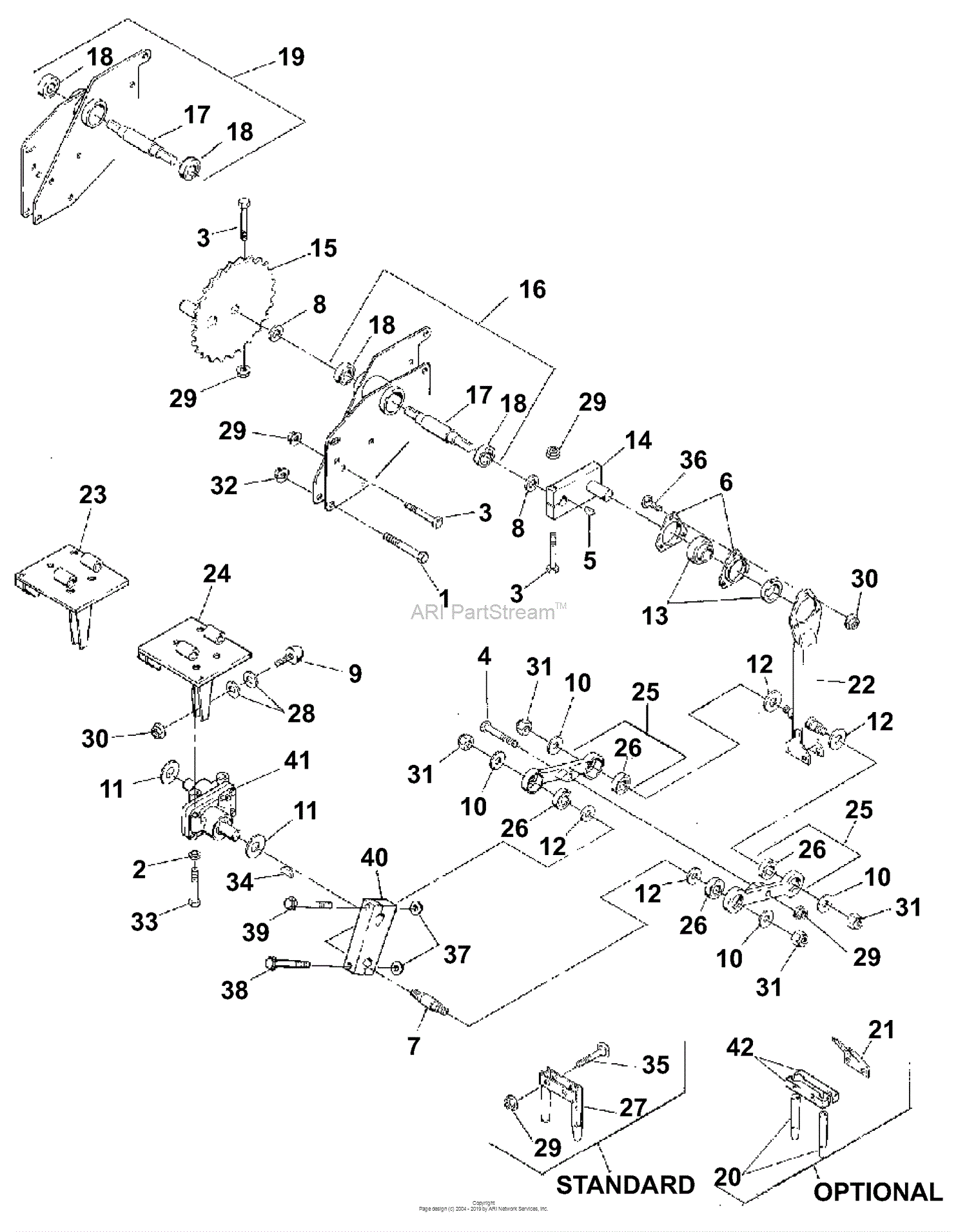





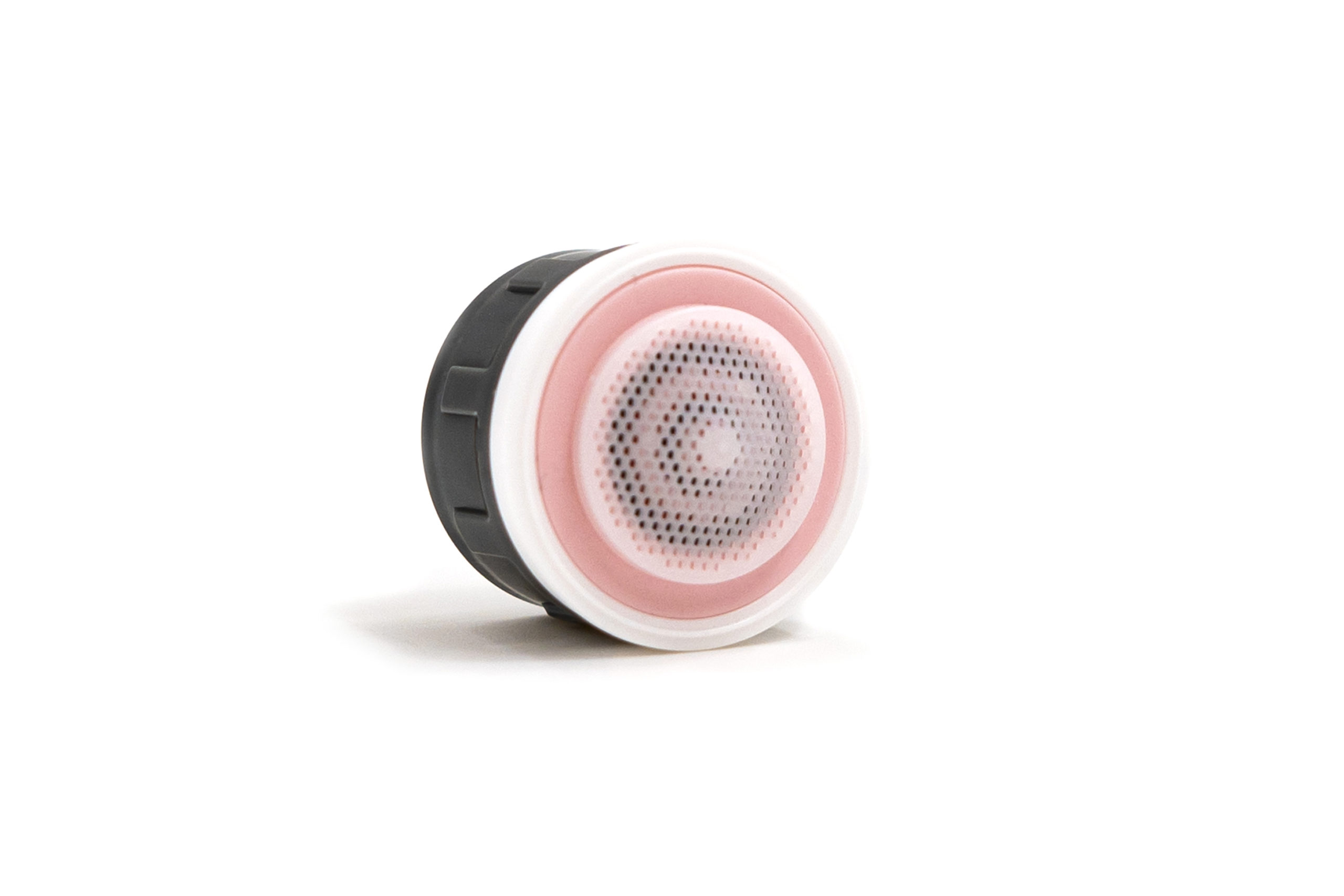


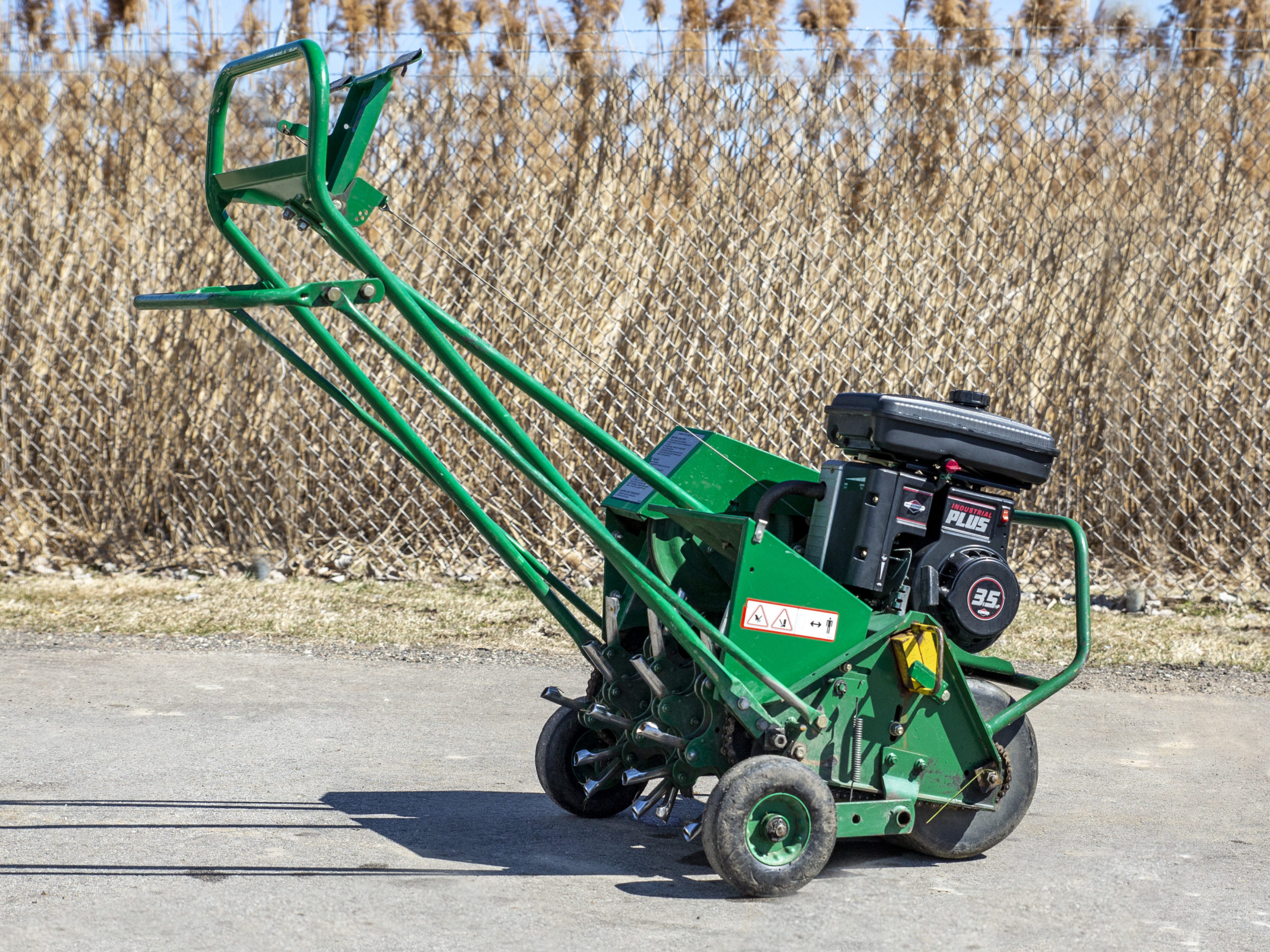

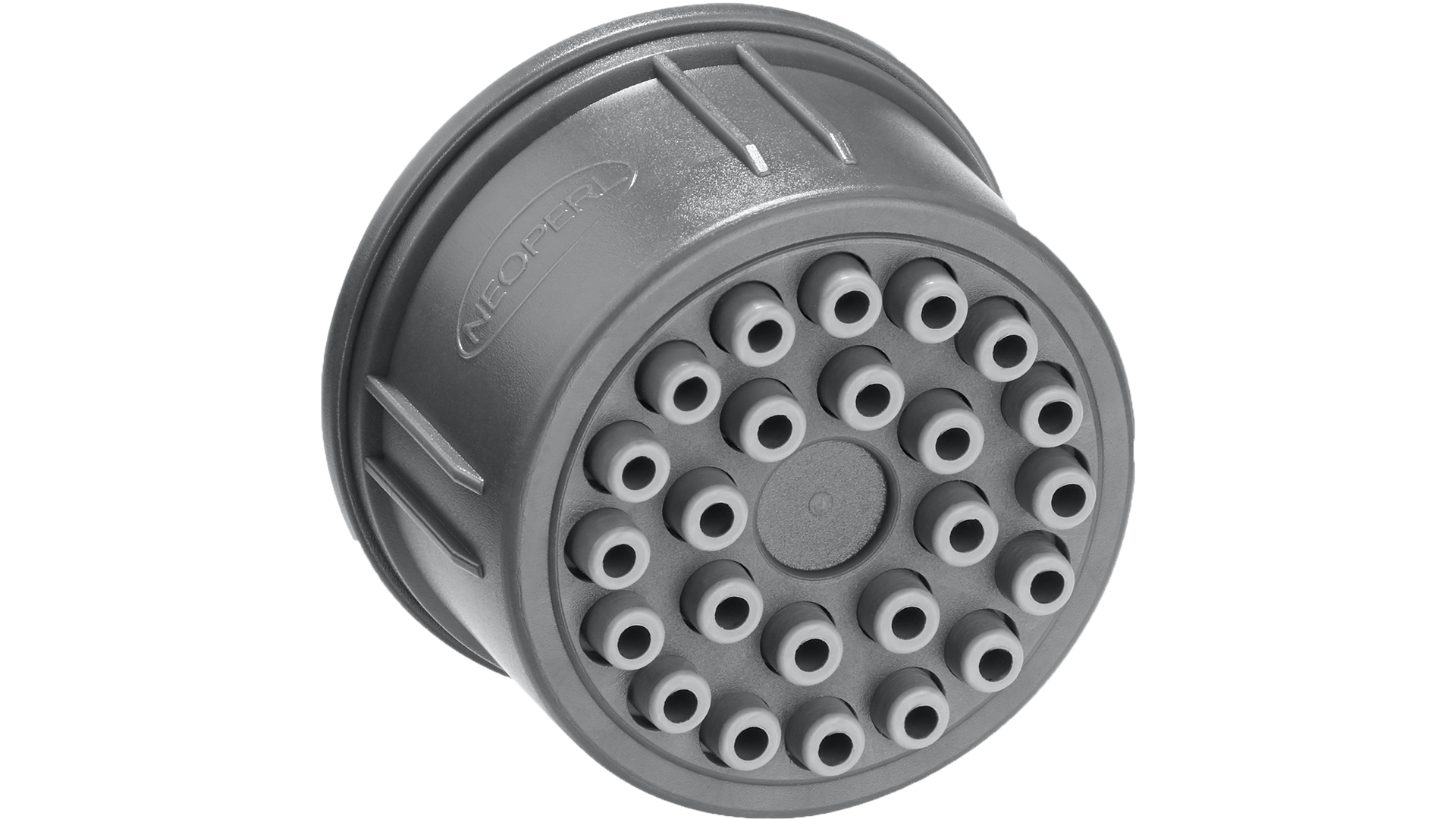






:max_bytes(150000):strip_icc()/clearing-a-blocked-faucet-aerator-2718807-07-b5a90554991f4bb69efb45a472df7f23.jpg)

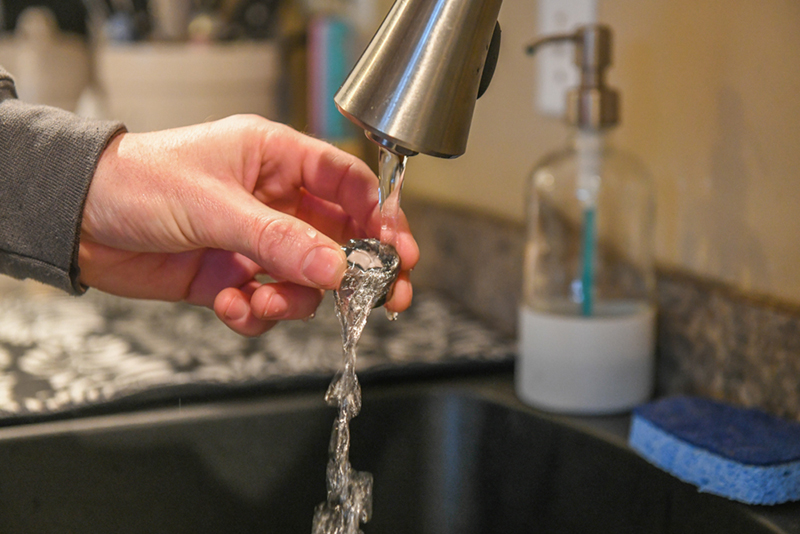






/human-hand-turn-off-shut-off-valve-home-water-supply--825171248-f1141ec757064532ac5aafd93efbf189.jpg)


















:max_bytes(150000):strip_icc()/the-men-s-hand-opens-the-ball-valve-on-the-collector-1006810456-5c5fc73fc9e77c000159c4af.jpg)



